3/4" 800LB gate valve is made according to API 602 standard. The valve body is made of A182-F5. It has the structural characteristics of rigid wedge, welded valve cover. Its connection mode is SW*NPT. And it has hand wheel operation mode.
Payment:
30% when order confirmed, 70% before shipmentProduct Origin:
ChinaColor:
CustomizationShipping Port:
Shanghai, ChinaLead Time:
30~60 days Ex Works after order confirmationMaterial:
A182-F5Method of Operation:
Hand WheelProduct Description
|
Type |
Gate Valve |
|
Size |
3/4" |
|
Pressure |
800LB |
|
Connection |
SW*NPT |
|
Operation |
Hand Wheel |
|
Body Material |
A182-F5 |
|
Design Norm |
API 602 |
|
Socket Welded Dimension |
ANSI B16.11 |
|
Screw Ends Dimension |
ASME/ANSI B1.20.1 |
|
Materials |
AISI/ASTM |
|
Test & Inspection Code |
API 598 |
|
Temperature |
-29 ~ 120°C |
|
Applicable Medium |
Water, Oil and Gas |
Features
1. Excellent sealing performance, which can effectively prevent medium leakage;
2. Simple structure, easy maintenance and upkeep, reduced operating costs, and longer service life.
Technical Drawing
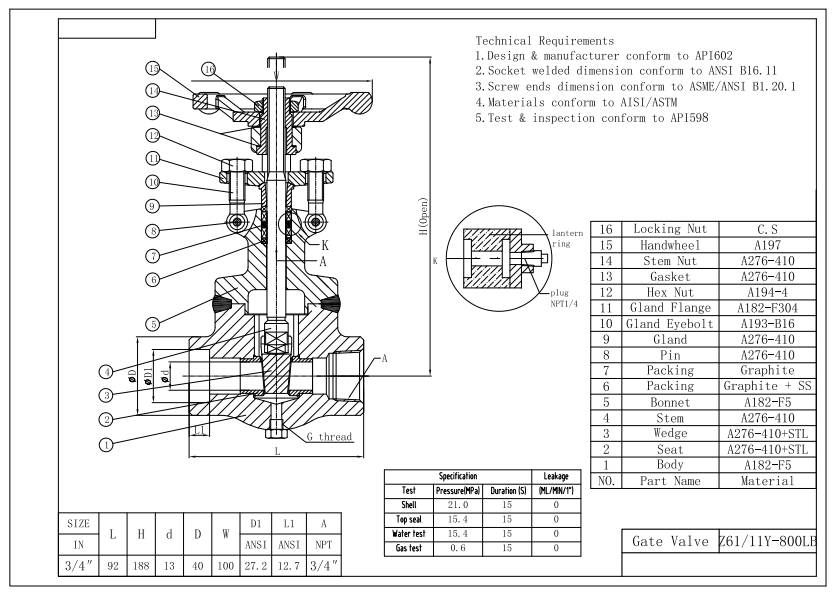
Dimension Checking
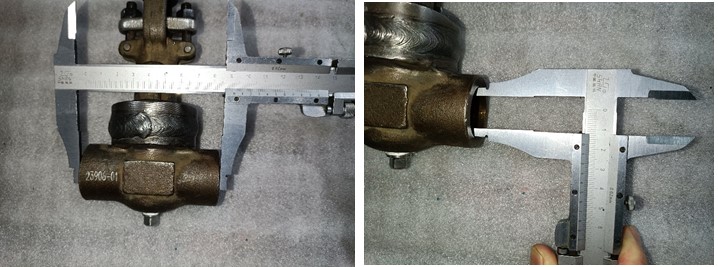
Pressure Testing

Nameplate & Packing
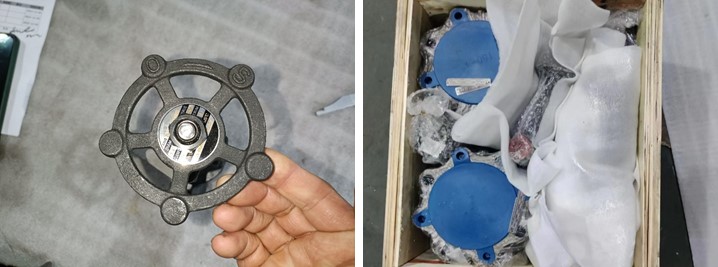
Inspection report
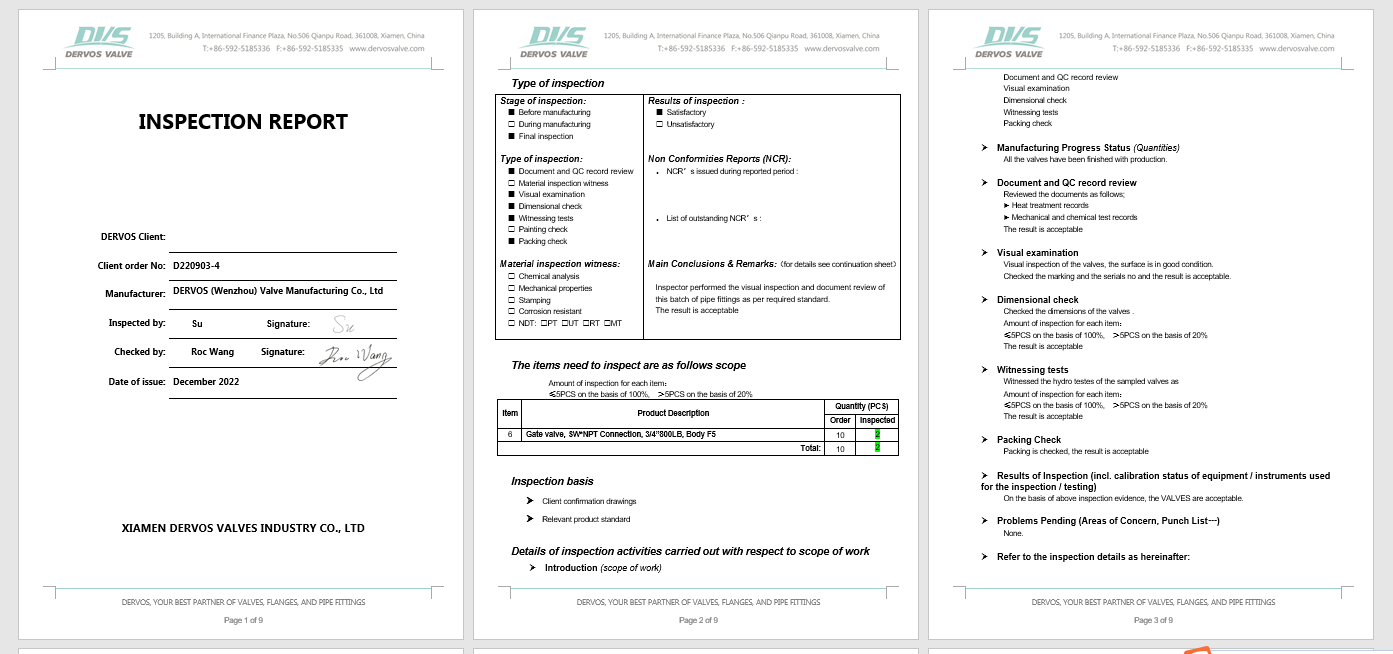

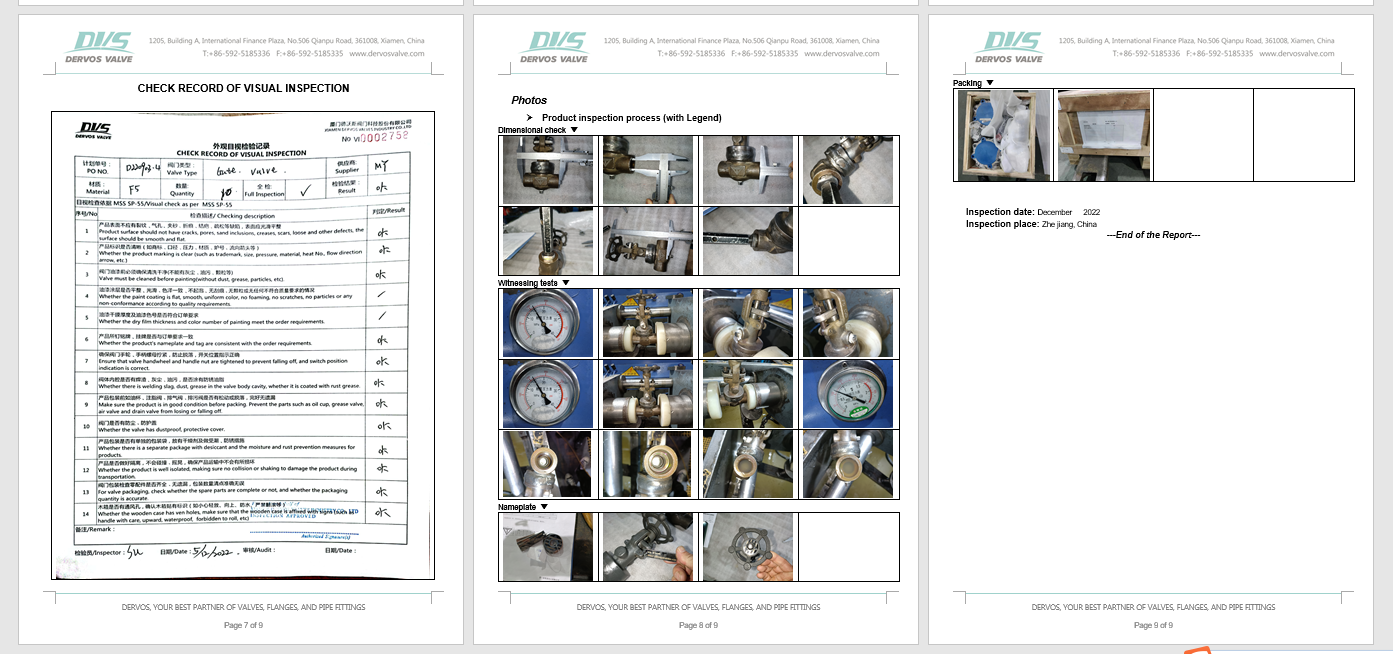
If you are interested in our products and want to know more details,please leave a message here,we will reply you as soon as we can.